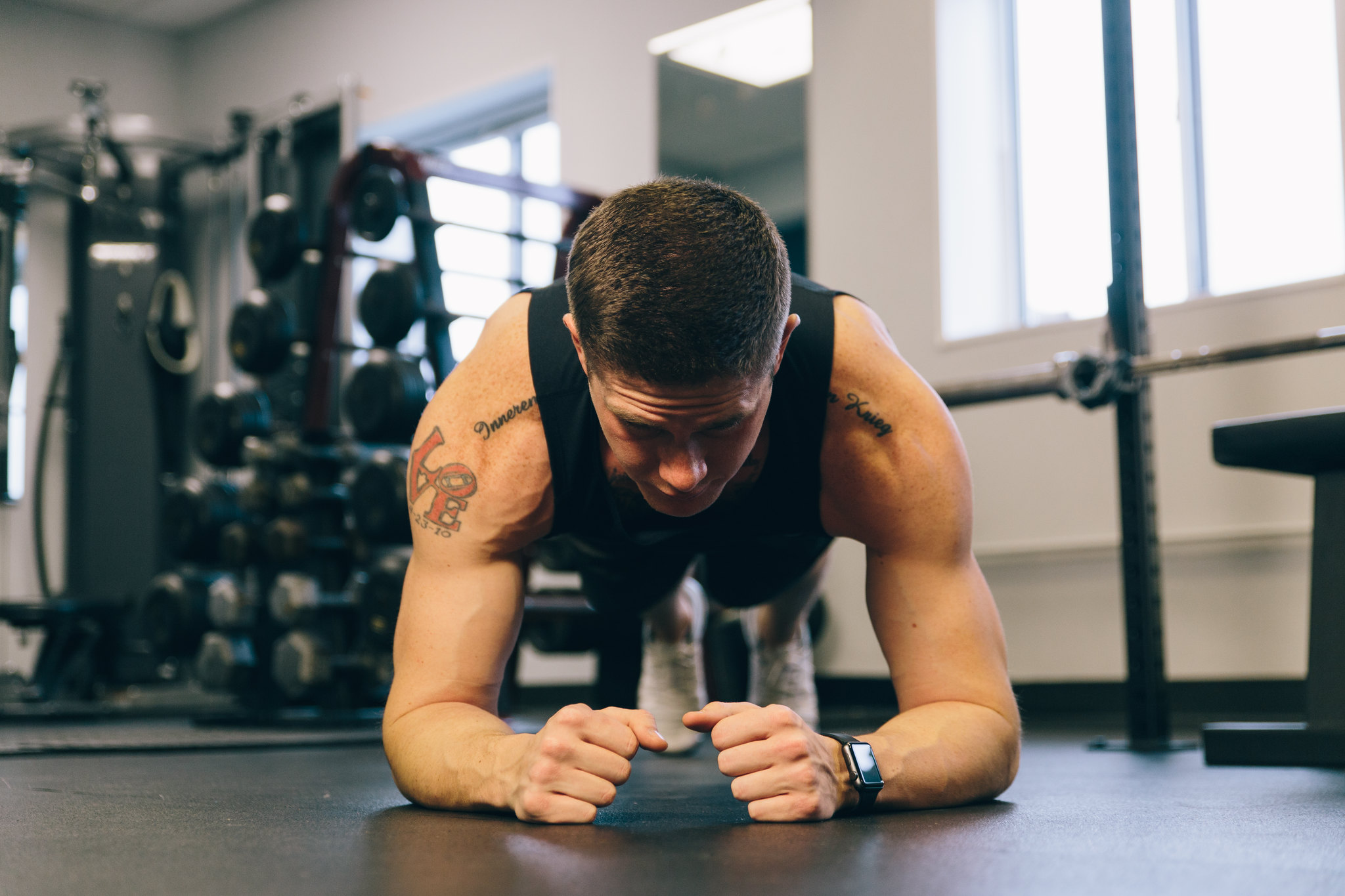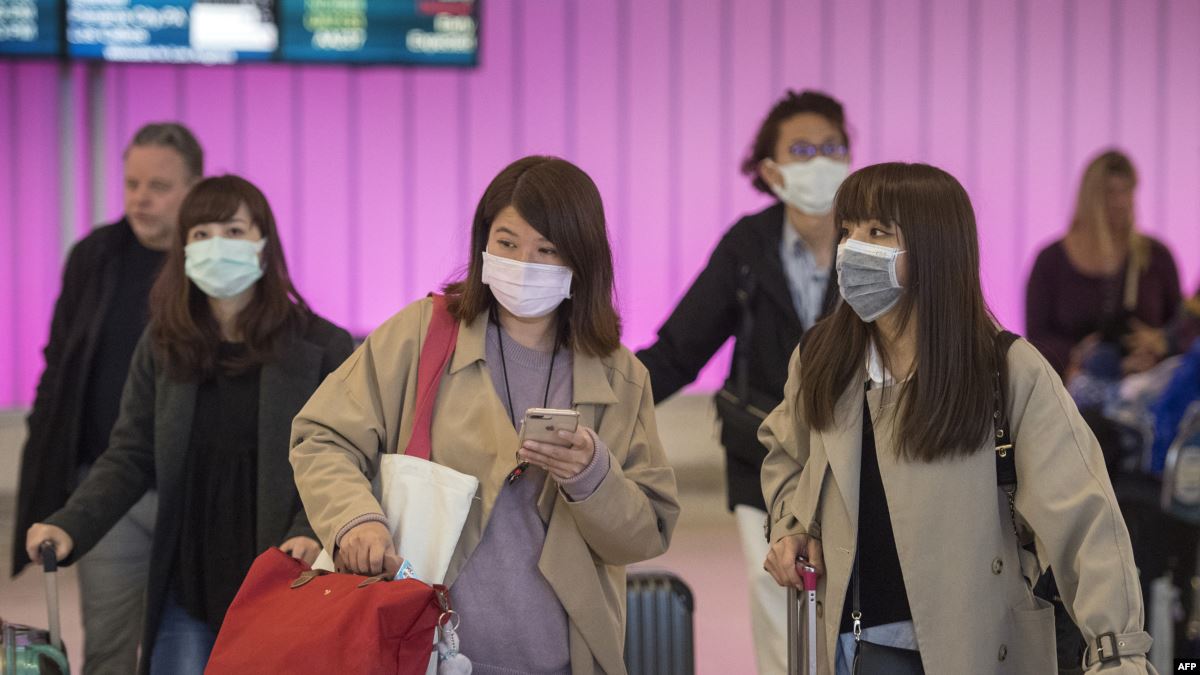Skin is the largest organ of the human body. It is soft to allow movement, but tough enough to resist breaking or tearing. It varies in texture and thickness from one part of the body to the next. It consists of two main layers – the epidermis and the dermis.
The epidermis refers to the surface layer and is made of several sheets of skin cells. The dermis lies underneath and consists of elastic fibres (elastin), for suppleness, and protein fibres (collagen) for strength. Sebaceous glands, hair follicles, nerves and blood vessels are found in the dermis.
The two broad categories of skin wounds include abrasions and incised wounds.
First aid for abrasions
An abrasion means that the surface layers of the skin (epidermis) has been broken. Thin-skinned bony areas (like knees, ankles and elbows) are more prone to abrasions than thicker, more padded areas. The scraped skin of an abrasion can contain particles of dirt.
First aid treatment includes:
- Clean the wound with a non-fibre shedding material or sterile gauze, and use an antiseptic such as Betadine. If there is embedded dirt, Savlon may be used as it contains an antiseptic and a surfactant to help remove debris. Rinse the wound after five minutes with sterile saline or flowing tap water.
- Don’t scrub at embedded dirt, as this can traumatise the site even more.
- Cover the cleaned wound with an appropriate non-stick sterile dressing.
- Change the dressing according to the manufacturer’s instructions (some may be left in place for several days to a week). If you reapply antiseptic, wash it off after five minutes and then redress the wound.
First aid for incised wounds
Incised wounds are caused by sharp objects, such as knives or shards of glass, slicing into the skin. Depending on the injury, underlying blood vessels can be punctured, leading to significant blood loss. A severed artery is a medical emergency, because the muscular action of this blood vessel will pump the entire blood supply out of the wound in just a few minutes.
First aid treatment for severe bleeding includes:
- Remove clothing around the site for easier access.
- Apply pressure directly to the wound with your hands to stem the blood flow.
- Cover the wound with a sterile dressing, if possible, and continue to apply direct pressure (bandage firmly).
- Try to raise the injured area above the level of the person’s heart.
- Don’t remove existing dressings if they become saturated with blood, but instead add fresh dressings over the top.
- Seek urgent medical attention. You may need to call an ambulance if you cannot stop the bleeding, are feeling faint, sweaty or dizzy.
Tetanus-prone wounds
Some wounds are more likely to encourage the growth of tetanus bacteria than others, unless the person is immunised against tetanus. If it is more than five years since your last dose, you may need a booster. You should see your doctor without delay.
Stages of healing
The body begins repairing a wound immediately and the process may continue for days, weeks, months or even years, depending on the injury.
The basic stages of healing include:
- The body takes action to maintain a normal state. Blood vessels to the wound constrict, reducing blood loss. Blood platelets gather at the site to form a clot.
- Once the clot has formed, the blood vessels dilate, allowing maximum blood flow to the site. This causes inflammation. White blood cells start cleaning the site of bacteria, micro-organisms and other foreign agents.
- New layers of collagen are laid at the site. Capillaries are formed to service the new skin tissue.
- Contraction occurs at the edges of the wound to reduce the size of the wound.
- Surface skin cells migrate from one side of the wound to the other, covering the wound with cells to form the new skin.
- Depending on the injury, the site is left with a scar. Generally, scar tissue isn’t as strong as undamaged skin.
Treatment for cuts and abrasions
Some wounds are too large for the body to seal without help. Your doctor will decide whether or not a wound requires stitching or gluing.
General suggestions to take care of a stitched wound include:
- Keep the site dry and clean. It may be covered with an occlusive thin film dressing, which is waterproof and protective.
- Only apply lotions or ointments to the wound if instructed to do so by medical staff.
- Try not to exert yourself, as physical activity may cause the site to bleed.
- Seek medical advice immediately if the site starts to produce pus, swell or exude a disagreeable odour.
Factors influencing wound repair
Traumatised skin heals at different rates, depending on individual and environmental factors, which include:
- the person’s general state of health
- age – older skin repairs itself at a slower rate than younger skin
- the functioning of the immune system
- dietary factors – skin needs proper nutrition
- external temperature and weather conditions
- stress on the injury site, such as friction
- whether or not the wound becomes infected
- smoking and some drugs (discuss with doctor or chemist)
- pre-existing medical conditions, such as some types of vascular disease.



